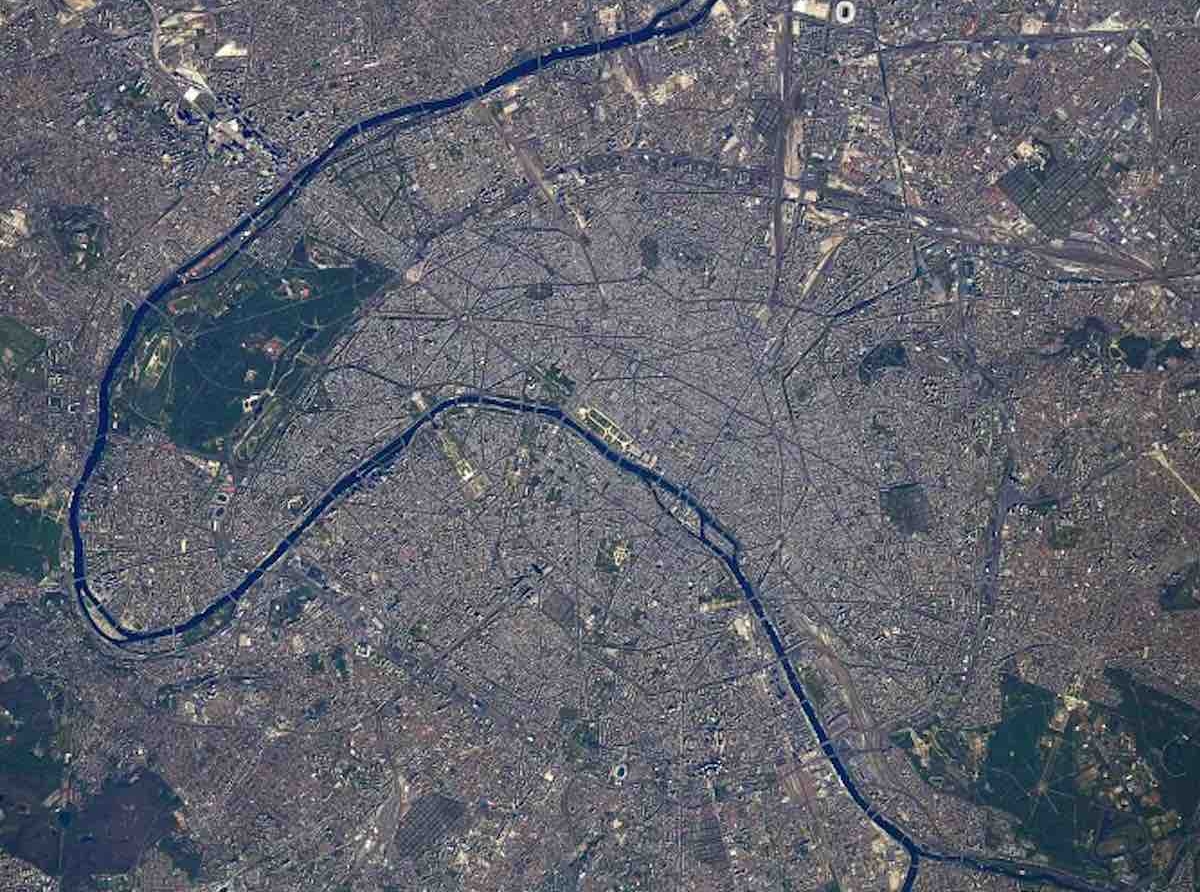With Paris preparing to host the summer Olympics this year, the Seine has found its way back into the spotlight, as city officials scramble to get it clean enough for swimming before the competition begins. But it’s not the first time the river has attracted this kind of attention.
The major artery running through the City of Lights has forever been the star of the show, the very reason the city exists at all. A new exhibition at the archaeological crypt underneath Notre Dame Cathedral explores the importance of the Seine to the people living near it, through objects that were excavated from its riverbed and banks. The collection of 150 trinkets tells the story of how humans have interacted with the famous river, from prehistoric times to now. In doing so, it also tells the story of how Paris became Paris.
The archaeological crypt on Île de la Cité features remains from the 4th century, when Paris was a mid-sized Gallo-Roman city called Lutetia. Courtesy: Pierre ANTOINE/(C)P.Antoine / Musée Carnavalet. A hidden archaeological gem in the heart of Paris If you want to visit the exhibition “Dans La Seine,” that you first need to find it. Located underneath the plaza outside Notre Dame Cathedral, the Crypte Archéologique de l'Île de la Cité (archaeological crypt of Île de la Cité) was first discovered in the 1960s during the construction of an underground car park: it was excavated from 1965 to 1972, after its discovery during the construction of a car park. Courtesy: Archives de Notre-Dame de Paris Today, it’s the only archaeological site open to the public in the entire city, but even many locals have no idea it exists. The understated entrance is just a stone’s throw away from the retractable seating packed with tourists looking at the cathedral – which is still undergoing renovation work after the 2019 fire. Once you’ve found the entrance, climb down the stairs and you’ll find a sprawling excavation site spanning 1,800 square metres and packed with extraordinarily preserved archaeological remains.
The site includes vestiges of a Gallo-Roman public bath, part of an old city wall and the docking port of the Gallo-Roman city of Lutetia, which is now present-day Paris. The space is impressive on its own, but the temporary exhibition space presents a different way of looking at the history of Paris – a story told through the items found at the bottom of the River Seine.


